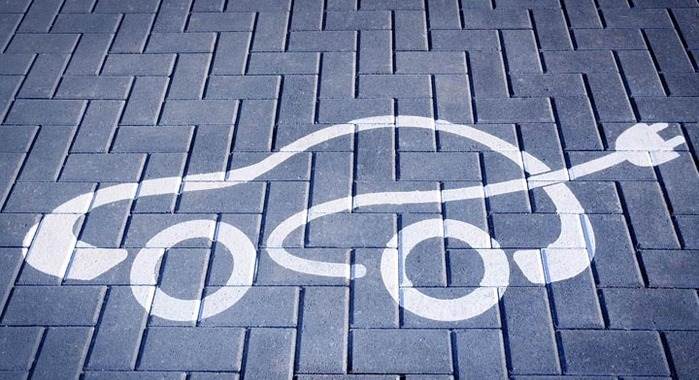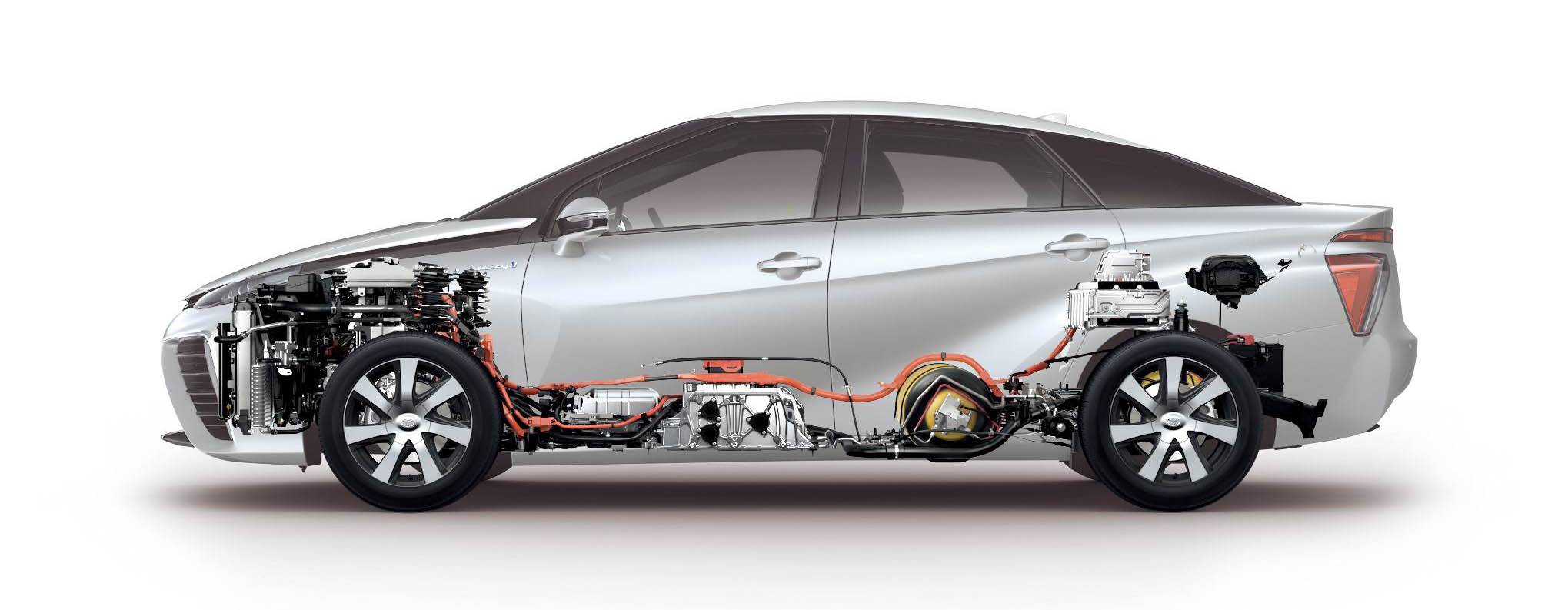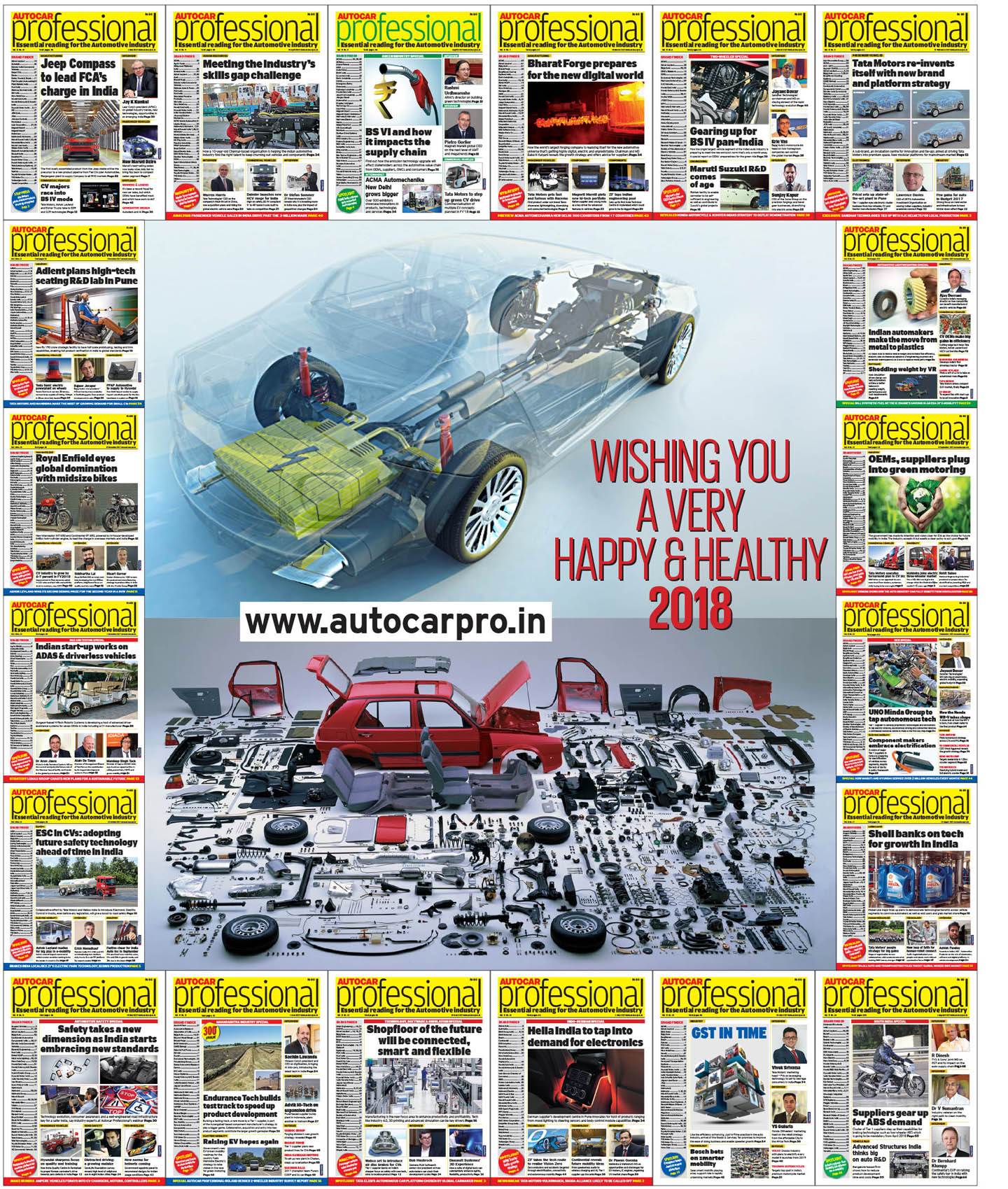New Year RPM: Saving Planet Earth
It's more resolutions per minute as the new year kicks in. Here are Top 10 tips to do your bit for Planet Earth by s-t-r-e-t-c-h-i-n-g every litre of costly fuel to the max and also save money.
It's more resolutions per minute as the new year kicks in. Today – January 1 – is the first day of 2018, which marks a time of new resolutions for many. At a time when vehicle and component manufacturers are taking to new materials, technologies and processes to lightweight vehicles to s-t-r-e-t-c-h every litre of fuel to the maximum, motorists still tanking up on fossil fuel can also their bit to conserve petrol and diesel. Or shift gear to electrified vehicles. All in a bid to stave off pollution and save Planet Earth.
As the Worldwatch Institute says, it's the last call for a healtheir planet – and it's the only one we have.
The cost of fossil-fueled motoring, is going only one way – up. While we can’t do anything about the price of fuel, we can offer you a few pointers on how to increase your car's fuel economy. Follow these 10 handy tips to improve efficiency and get the best kilometres per litre from your car.

Tip 1: Remove weight
Remove excess weight. Take unnecessary bulky items out of the car, such as that golf bag you carry for the weekend and forget to take out for the rest of the week. Also, if the kids are staying at home, so can their teddy bears and other knick-knacks.
Tip 2: Reduce drag
Remove external carrying kit such as roof boxes whenever they aren’t being used. The car has to work harder to cut through the air due to the extra wind resistance such items create.
Tip 3: Basic maintenance
Keep your car well maintained and serviced regularly. Pump up your tyres to reduce resistance and get the car serviced regularly.
Tip 4: Plan journeys
Plan your journey. Avoid traffic black spots and busy times if possible, and get the map or sat-nav out to avoid getting lost and driving farther than necessary.
Tip 5: Turn off air-conditioning
Unless it’s really cold or uncomfortably warm in the car, leave the air-con turned off. Using it can put a strain on the engine and burn more fuel, especially at low speeds. The same goes for heated windscreens, demisters and other electrical appliances.
Tip 6: Change up early
Be gentle and change gear early. Accelerate and brake gently, and change to a higher gear as soon as possible. As a general guide, change up before 2000rpm in a diesel and 2500rpm in a petrol, without letting the engine struggle at low revs.
Tip 7: Use engine stop/start
Lots of modern cars are fitted with engine stop-start technology, which can be great if you let it work properly. Sit with your foot on the clutch and the engine will continue to burn fuel; take it off and you’ll save money and fuel.
Tip 8: Obey speed limits
Stick to the speed limits – it helps conserve fuel. Where it is appropriate, driving at a steady speed of 80 kilometres per hour (kph) instead of 110kph can improve fuel economy by 25 percent.
Tip 9: Read the road
Use gravity to your advantage and build up momentum when going downhill to help you then get uphill, rather than accelerating more to get up the incline. The best way to do this is to read the road as if you were on a pushbike and accelerate accordingly.
Tip 10: Use gravity
Look far ahead while driving and keep moving where possible by anticipating obstacles. Easing off the throttle and keeping momentum is better than speeding up, braking and then starting all over again.

GO ELECTRIC
With the Indian government, and some developed countries, putting their shoulder to the wheel of electric mobility, it would be wise to start plugging into the jargon surrounding electric vehicles (EVs). Here we explain everything you need to know about electric, hybrid and plug-in hybrid (PHEV) cars.
Electrified cars offer many advantages over their petrol and diesel rivals, especially if most of your driving is around town. Not only do they help you save money on fuel and be more environmentally friendly, but they attract greatly reduced road tax or are exempt entirely.
Charging an electric car is far cheaper than filling a fuel tank with petrol or diesel. And with most electric cars now able to travel for around 150km-200km between charges, range anxiety is less of an issue.
If you’ve decided you want a plug-in hybrid (but India is taxing these heavily) or electric car, there’s a whole minefield of confusing jargon to navigate, though. So, here we explain the terms you’ll hear when researching these cars and what they mean in plain English.
DIFFERENT TYPES OF ELECTRIC CARS
Alternatively fuelled vehicle
Any car that doesn’t simply use a conventional petrol or diesel engine falls under this umbrella term.
EV
This stands for electric vehicle, and refers to cars that run solely on electric power. Instead of an engine, they have an electric motor that gets its power from batteries, which you charge by plugging the car into a power source. Like the Mahindra e20 Plus depicted below.

Hybrid electric vehicle (HEV) / hybrid
A hybrid has a regular petrol or diesel engine, plus an electric motor and batteries. The electric power is generated by the engine and through regenerative braking technology, which captures the energy that's usually lost under braking. As a result, you never need to charge these cars, but they can't go far on electric-only power.
Plug-in hybrid electric vehicle (PHEV)
PHEVs work in the same way as regular hybrids, but they need their electric batteries charged from an external power source. They have a greater range than regular EVs.
Hydrogen electric vehicle
These cars mix hydrogen with oxygen in a fuel cell to produce electric power. They are very rare at present, because they're expensive. Like the Toyota Mirai for instance, depicted below.

kWh
An electric car’s battery will have its capacity measured in Kilowatt Hours (kWh). As an example, the Tesla Model S 85D has an 85kWh battery. It has a real-world range of around 250 miles, meaning you use (on average) 34kWh per hundred miles.
Ah
Occasionally, batteries are measured in Ampere Hours (Ah). The BMW i3 is available in 60Ah or 94Ah forms – these are equivalent to 22 and 33kWh respectively.
Lithium ion
Most electric and hybrid car batteries are made from this, and work in the same way as batteries in household appliances, mobile phones and laptops. Their capacity will decline over time, but not massively – 80% of original capacity after eight years of daily use is expected.
Charging
You can charge an electric car or plug-in hybrid through a mains socket, a specially-fitted home wallbox, or at a public charging station on the road.
Types of charging
There are three types of charger: slow (3kW), fast (7-22kW) and rapid (43-50kW). Rapid chargers are AC or DC, with AC giving up to 43kW charging and DC up to 50kW. The higher a charger’s kW rating, the faster it will charge your car.
TUNE IN TO AUTOCAR PROFESSIONAL ALL YEAR ROUND
If you're keen to stay abreast of the latest technological updates in the automotive world and the latest fuel-saving advances, we suggest you tune in to Autocar Professional, India's leading automotive B2B title, in print and online.
Autocar Professional magazine is available through select newsagents and for digital download from Magzster. You can also buy one-off copies of Autocar Professional magazine – contact Ganesh at ganesh@haymarket.co.in or write to us at autocarpro@haymarketsac.com. Alternatively, never miss an issue – subscribe to Autocar Professional magazine today.

RELATED ARTICLES
Branded content: HL Klemove inaugurates first Local ADAS Radar Manufacturing Unit in India, marks a significant achievement in “Make in India” initiative
The inauguration ceremony was held in the presence of Vinod Sahay, President and CPO of Mahindra & Mahindra Ltd. and Dr....
BluWheelz to 'Green Up' logistics sector
With their EVs-as-a-service solution, the startup is playing it smart with costs and looking to electrify the entire seg...
BRANDED CONTENT: Spearheading the EV revolution in India
Jio-bp is a joint venture between Reliance Industries and BP PLC where both entities have married international expertis...





 By Autocar Pro News Desk
By Autocar Pro News Desk
 31 Dec 2017
31 Dec 2017
 6644 Views
6644 Views









